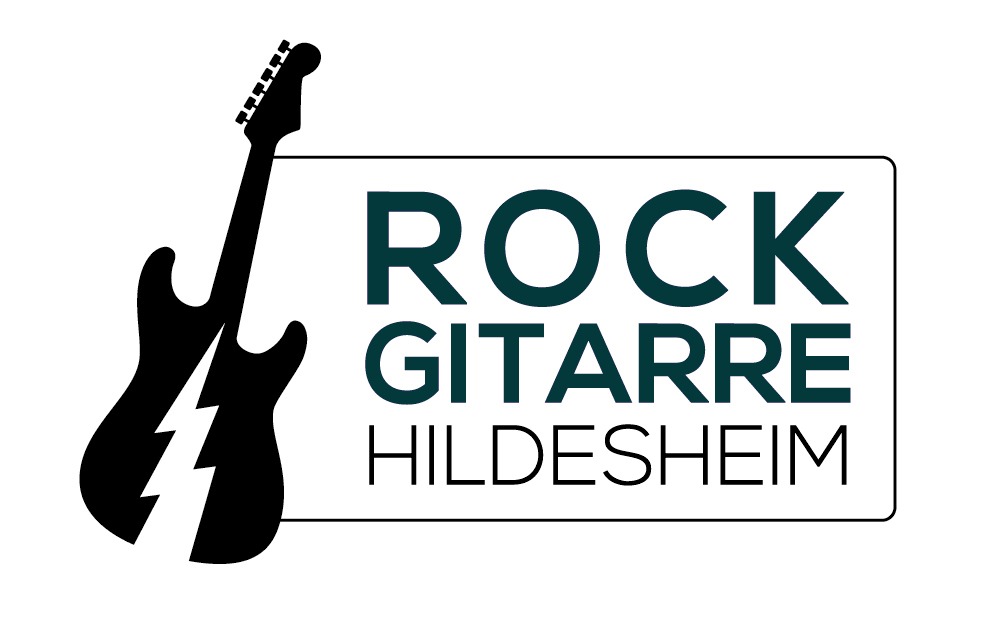By Chris Glyde
Generally when we talk about the voice the first two things that come to people’s minds are lyric writing and the physical technique with the voice. What we often don’t hear talked about is rhythm. This article won’t go into details about how to practice rhythm on voice (that is an article for another time), but it will address many great ways you can use rhythms in vocal context.

Within the context of voice rhythm plays several key roles:
1) riffing/licks
Many people aren’t sure what riffing or licks even mean. To put it simply: a vocal riff/lick is a vocal line done without words through a series of notes. Usually if it’s tacked on to a long-held note or within phrases it can create a myriad of cool sounds.
Most of these phrasings get their character through the rhythm used to structure them. If you have a better understanding of rhythmic phrase and their desired effect on the music you can craft better phrases and licks.
2) Hooks
Often times you can create a hook for a vocal melody simply with the rhythmic structure you choose. There are tons of vocal melodies that rely on few musical notes but hit the chorus home with a catchy rhythmic phrase. Songs that come to my head right off the bat that have great rhythmic phrasing are the songs The Remedy by Jason Mraz and Boom Lay Boom by Shinedown. I’m sure you can find many, many more.
3) Contracting and similar notions
Many vocal lines sound the same. If you feel yourself stuck creating the same vocal melodies over and over again, the easiest thing to do would be to change up the vocal melodies by using different vocal phrasings. The most common contrast and similarities example stems from the verse to the course. The chorus tends to be less rhythmically dense. Which simply means it relies on longer held out phrases than the verse. However, there are other ways to use rhythm to craft the listeners experience that are not touched nearly as often because many singers simply can’t manipulate rhythm.

4) Entrances and exits of phrases
When a vocal line comes in, it can create a specific affect in the music. If it comes in on beat one of the phrase, it produces a very relaxed stable feeling. When it comes in before the start of the first measure or uses what’s called a pick-up note, it increase the tension of the vocal line. If the vocal line comes in on beat 2 or 3, the vocal line sounds more relaxed.
If the vocal line ends on the 1 beat of a measure, it creates resolution. If it ends before the 1 beat, it creates more of an unstable sensation. The place at which you use a vocal line can create an entirely different feel for your listener. Add this to your skill as a writer and you’ll find some very interesting musical flavors.
About the Author:
—————————-
Chris Glyde is an singer and vocal coach dedicated to making his voice as versatile as it can be. If you’re looking for someone to help lead you through your vocal journey check out Rochester NY Voice Lessons.
